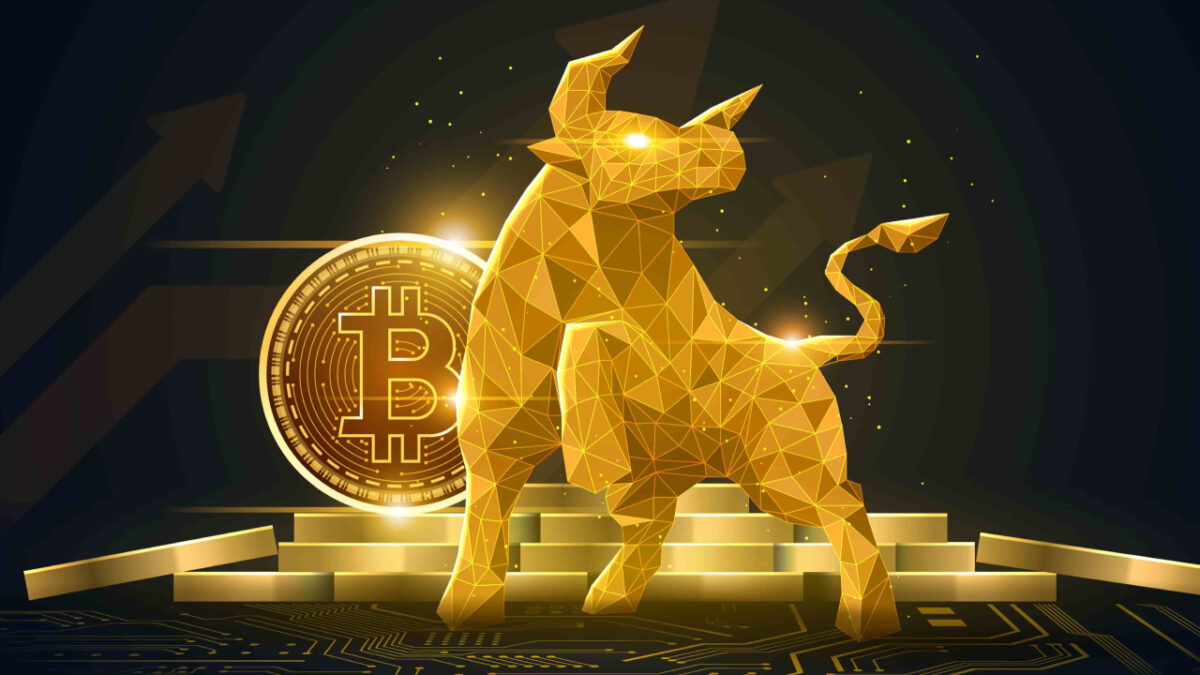With the new year here, every crypto investor is curious how cryptocurrency will fare on the global financial stage, especially since 2021 was the best year for cryptocurrency ever. Crypto was the talk of the town among Ugandan urban youths, with everyone wondering how well they can invest or participate in the movement. Bitcoin nearing $70,000 (247,660,000 million Ugx), billion-dollar’memecoins, a blockbuster Wall Street debut, and a broad Chinese crackdown: Even by the turbulent sector’s norms, 2021 was the wildest year yet for cryptocurrencies.
The year began with a rush of cash from both large and small investors pouring into digital assets. Since then, bitcoin and its kind have seldom been out of the news, with crypto terminology well entrenched in the investment lexicon.
Here are some of the key cryptocurrencies themes that dominated 2021.
- Bitcoin
The original cryptocurrency retained its position as the largest and most well-known token, despite plenty of other new entrants vying for its crown.
From January 1 to mid-April, Bitcoin climbed over 120 percent to a then-record high of about $65,000 (229 million Ugx). A flood of funds from institutional investors fueled it, as did increased adoption by large firms like Tesla Inc and Mastercard Inc, as well as a growing embrace by Wall Street banks.
As record-breaking stimulus packages fueled soaring prices, Bitcoin’s putative inflation-proof properties – it has a restricted supply – piqued investor interest. The prospect of quick gains during historically low mortgage rates, as well as greater access through rapidly building infrastructure, drew buyers in.
The $86 billion IPO of major US exchange Coinbase in April, the largest ever for a cryptocurrency startup, was emblematic of bitcoin’s mainstream acceptance.
Despite this, the token remained volatile. It fell 35% in May before skyrocketing to a new all-time high of $69,000 in November, as inflation in Europe and the United States spiraled out of control.
- The rise of memecoins
Even as bitcoin remained the go-to cryptocurrency for newcomers, a slew of new – some might say joke – tokens flooded the market.
“Memecoins” — a loose collection of coins with online culture roots ranging from dogecoin and shiba inu to squid game – frequently have little practical use.
Dogecoin, a bitcoin knockoff founded in 2013, rose over 12,000 percent to an all-time high in May before plummeting about 80% by mid-December. Shiba inu, which is named after the same Japanese dog breed as dogecoin, temporarily entered the top ten digital currencies.
The memecoin craze was tied to the “Wall Street Bets” movement, in which retail traders banded together online to buy stocks like GameStop Corp, putting pressure on hedge funds’ short holdings.
Even as regulators warned about volatility, many traders – sometimes left at home with ample cash during coronavirus lockdowns – turned to bitcoin.
- Regulation
2021 was also full of crypto currency scams therefore as money flooded into cryptocurrency, regulators were concerned about its potential to facilitate money laundering and jeopardize global financial stability.
Crypto markets were wary of the possibility of a crackdown as new restrictions loomed. Some countries took the harsh steps of banning the use and trading of crypto among its citizens as a regulatory procedure which affected the growth of cryptocurrencies for example when Beijing imposed restrictions on cryptocurrency in May 2021, bitcoin plunged over 50%, pulling the entire market down with it.
- NFTs
You didn’t live through 2021 if you don’t know what NFTs are, they came to an all time popularity last year. The number of non-fungible tokens (NFTs), which are strings of code kept on the blockchain digital ledger and indicate unique ownership of artworks, films, and even tweets, exploded.
A digital artwork by US artist Beeple sold for about $70 million at Christie’s in March, making it one of the top three most expensive works by a living artist ever sold at auction.
The third-quarter sales were $10.7 billion, an increase of more than eight-fold over the previous three months. Prices for some NFTs soared so swiftly when volumes peaked in August that speculators could “flip” them for profit in days, if not hours.
While some of the world’s most well-known businesses, such as Coca-Cola and Adidas, have offered NFTs, the lack of uniform regulation has kept larger investors away.
Cryptocurrencies and NFTs’ success, according to analysts, may be connected to a reduction in social mobility, with younger people lured to their potential for quick returns while traditional assets such as houses become out of reach due to rising costs.
